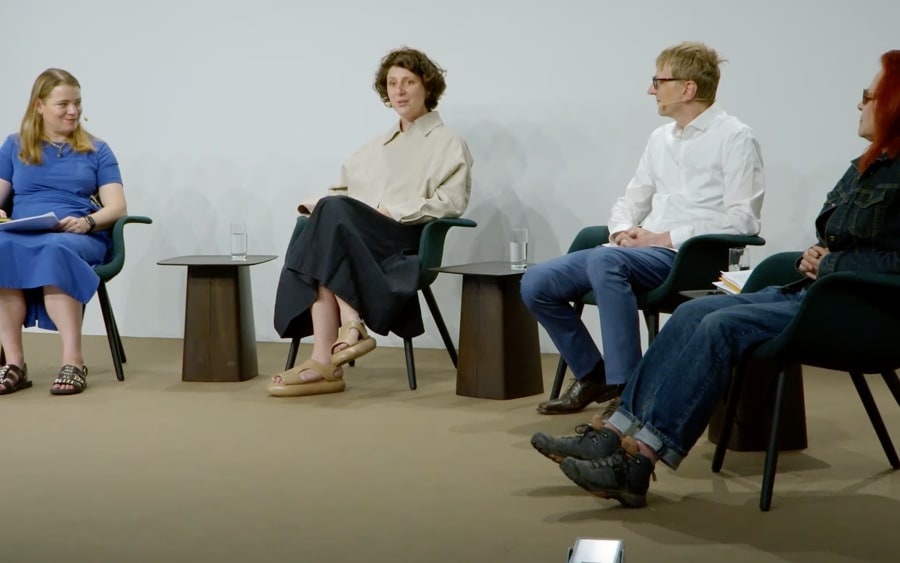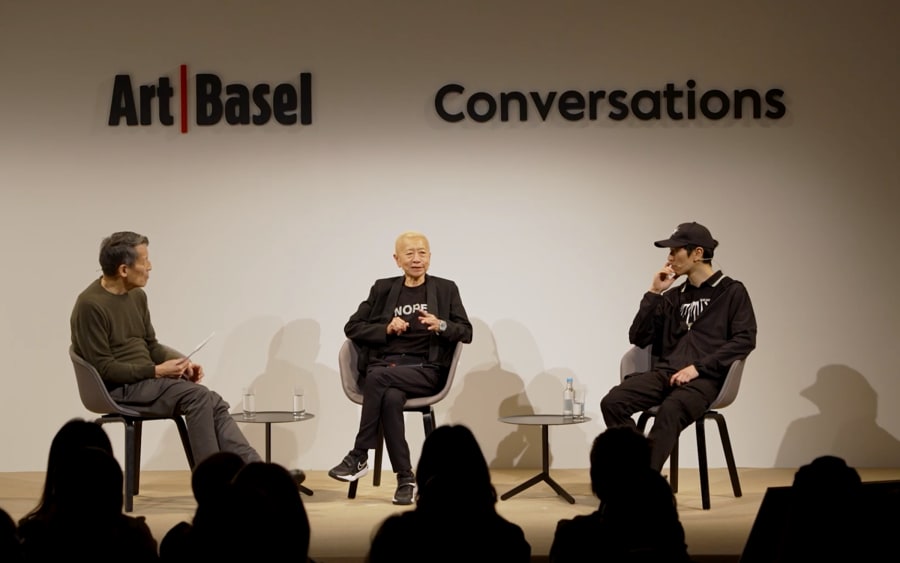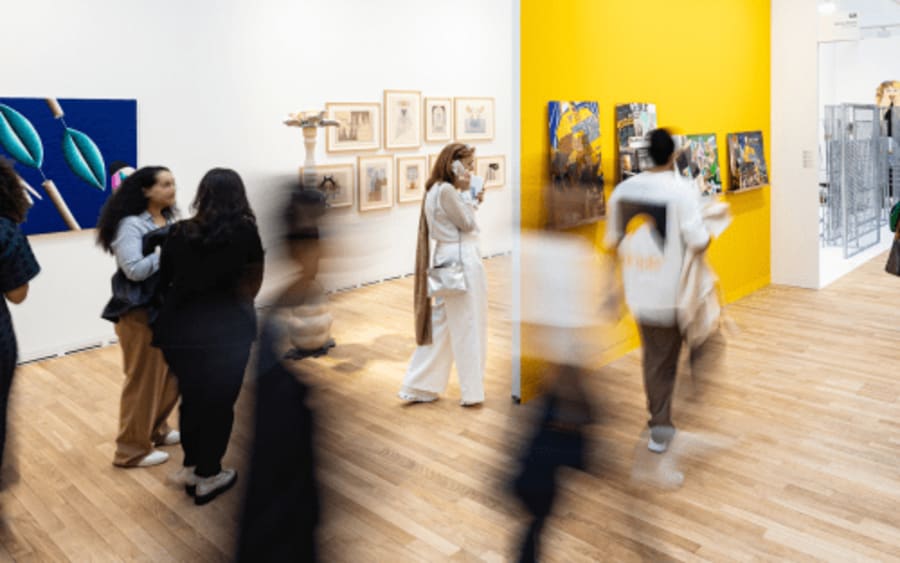Almost everyone working in the art market uses AI on a daily basis – but since AI-powered tools became widespread in 2023, how much have they really been embraced by the art world?
There is evidence to suggest that some of the trade’s major players are dipping their toes in the water. On September 18, Christie’s Ventures, the auction house’s investment arm that focuses on art and tech start-ups, announced its investment in Artsignal, which describes itself as ‘the first agentic AI platform built for art and collectibles.’ It collates enormous amounts of open-access data and sources into reports that the Artsignal founder and chief executive, Sam Glatman, says hold ‘advisor grade’ insights into art trends and context for valuations. He hopes it will be used by collectors, galleries, and auction houses alike to ‘back up their assertions to their clients’ with ‘completely impartial data’ and to identify ‘where there are areas of value that can be created,’ such as through the discovery of artists.
The current use of AI in the market, however, is pretty low, says the writer Jo Lawson-Tancred, author of the book AI and the Art Market. ‘Most people in the mainstream of the art market don’t really have any interest in AI beyond using [the AI chatbot] ChatGPT. I think any other AI activity that is happening is very much on the fringes,’ she says. Lawson-Tancred points to the downturn in the market and the cost of implementing the new technology as potential reasons for the reluctance of many art businesses to invest in using AI models.
The art world has always been slow to adopt new technologies and fearful of the ways that the digital may damage a field so focused on unique creations and time-earned expertise. ‘People talk a lot about how AI is going to disrupt the way artists create and there is some genuine worry around intellectual property [IP],’ says Edouard Gouin, the Chief Executive Officer and co-founder of the data-led logistics and art shipping company Convelio. ‘But I think the main opportunity that AI can bring to the art market – to any industry – is in automating a lot of the boring work.’
Gouin is referring to administrative tasks such as data entry, email follow-ups, lead generation and basic content creation, the streamlining of which could leave more time for face-to-face events and sales, generating larger turnover, he says. Over the past two years, Convelio’s in-house tech team has developed its AI programs, and its most successful application is through its AI agent, Gary. This has generated more than 12,000 shipping quotes over the past six months directly from client emails, with the estimated amount of time saved over a year 288 working days.
Other parts of the industry that are benefitting from AI streamlining are insurance, customer relationship management, and to some degree, sales. ‘Beyond number crunching, there are some attempts to use machine learning to assist with analysis and attribution making in relation to Old Masters, but a lack of shared standards means that none of these tools has emerged as being more authoritative than more traditional methods so far,’ says Jon Sharples, Senior Associate at the London-based law firm Howard Kennedy.
With all this ‘streamlining’ there are naturally questions about whether AI will cost some art market professionals their jobs. ‘We are so far away from that, and in this industry human content is so important. At the end of the day, we don’t sell just a service, we sell advice,’ Gouin says. ‘Our clients need to be able to speak to someone that will guide them through the process, and that will never change.’
There are also legal issues about providing services supplemented by AI. Businesses ‘owe a duty to provide those services with reasonable skill and care,’ Sharples says. ‘Delegating due diligence and judgment-making to machine learning is a risky business, so the important thing is being able to identify exactly what that risk is and to communicate it to clients.’
The other main concern about the spread of AI in the art world is its impact on artists and IP. In February, more than 6,000 artists signed a petition to stop a sale at Christie’s in New York – the first AI-dedicated sale at a major auction house – on the grounds that some of the pieces included were created using AI models known to be trained on copyrighted work without a license. The sale went ahead but the auction house’s digital art department, founded in 2022, closed in September as part of ‘a strategic decision to reformat digital art sales.’
Art law is rapidly trying to keep up with the fast-changing world of AI. In the UK, the not-for-profit creators’ rights management organization DACS has been lobbying the government to protect artists from IP incursions by generative AI models. ‘I am more optimistic on this subject than most when it comes to the visual arts,’ Sharples says. ‘My experience so far is that the supposed potential of AI to replace artists has really encouraged a focus on what artists can do that AI cannot, and in that sense it has put artists – and art objects – back on a pedestal.’
A defining factor of AI is how rapidly it is advancing. Not only does this make legal and ethical concerns murky, it suggests that there is a risk for businesses to allow themselves to be left behind technologically. ‘If you still want to be around in 10 years’ time, you need to start to make these investments. There is no way around it,’ Gouin says. ‘It’s not too late.’
Aimee Dawson is a British writer, editor, and speaker on the art world. Her areas of specialty include art in the digital sphere; art and social media; and Modern and contemporary art in the Middle East.
Caption for header image: Samsung ArtCube at Art Basel Hong Kong 2025.
Published on September 29, 2025.


